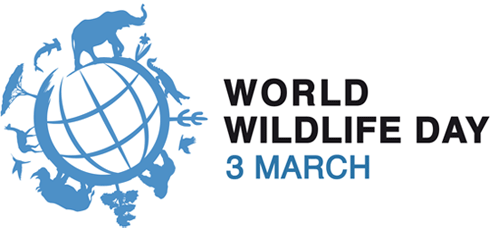 Mara Elephant Project believes in our mission of protecting elephants to conserve the greater Mara ecosystem, and no matter how important elephants are to the overall health and well-being of the greater Mara ecosystem, there are other animals just as essential to the balance. World Wildlife Day is celebrated every year on March 3 and the theme this year, as selected by the Convention on International Trade in Endangered Species of Wild Fauna and Flora (CITES) secretariat, is “Big cats: predators under threat”. Much like elephants, big cats are among the most widely recognized and admired animals across the globe; however, today these charismatic predators are facing many and varied threats, which are mostly caused by human activities. Overall, their populations are declining at a disturbing rate due to loss of habitat and prey, conflicts with people, poaching and illegal trade. But a range of measures by MEP partner the Mara Predator Conservation Programme (MPCP) are underway to arrest this decline.
Mara Elephant Project believes in our mission of protecting elephants to conserve the greater Mara ecosystem, and no matter how important elephants are to the overall health and well-being of the greater Mara ecosystem, there are other animals just as essential to the balance. World Wildlife Day is celebrated every year on March 3 and the theme this year, as selected by the Convention on International Trade in Endangered Species of Wild Fauna and Flora (CITES) secretariat, is “Big cats: predators under threat”. Much like elephants, big cats are among the most widely recognized and admired animals across the globe; however, today these charismatic predators are facing many and varied threats, which are mostly caused by human activities. Overall, their populations are declining at a disturbing rate due to loss of habitat and prey, conflicts with people, poaching and illegal trade. But a range of measures by MEP partner the Mara Predator Conservation Programme (MPCP) are underway to arrest this decline.
“‘Predators under threat’, the theme of this year’s World Wildlife Day, shines a spotlight on the pressing need for people the world over to take action to make sure big cats survive in the wild. We all have a role to play in securing the future of these magnificent animals. The use of modern technology is giving us new insights into big cats and inspired actions are underway right across the globe to save these iconic animals. Well-managed protected areas are giving big cats the wild spaces they need to roam and to hunt, creative ways are being found for people and wild animals to co-exist in harmony and CITES is providing the international legal protection big cats need from illegal trade and over exploitation. This special day on the United Nations calendar gives us the perfect opportunity to raise awareness about the plight of big cats and to galvanize support for the many bold initiatives that are underway to save them. On 3rd March 2018, World Wildlife Day, let’s make sure that all of us – no matter who we are or where we are – give big cats the special attention and the big support they deserve!” CITES Secretary-General John E. Scanlon
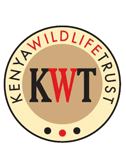 Since 2013, the Mara Lion Project and Mara Cheetah Project have been Kenya Wildlife Trust’s flagship projects, each with a parallel aim as MEP’s: protecting lions and cheetahs in order to conserve the greater Mara ecosystem. In 2018, Kenya Wildlife Trust brought these two projects together to create one integrated Mara Predator Conservation Programme. Led by Kenyan conservationist Dr. Caroline Ng’weno, the program’s primary goals are to support stable, healthy predator populations in the greater Mara ecosystem by providing scientific evidence for conservation action; to ensure that key stakeholders in the greater Mara ecosystem consistently utilize sound scientific information to inform conservation strategies; and to ensure that community members and landowners demonstrate increased understanding and appreciation of the role of predators in the ecosystem.
Since 2013, the Mara Lion Project and Mara Cheetah Project have been Kenya Wildlife Trust’s flagship projects, each with a parallel aim as MEP’s: protecting lions and cheetahs in order to conserve the greater Mara ecosystem. In 2018, Kenya Wildlife Trust brought these two projects together to create one integrated Mara Predator Conservation Programme. Led by Kenyan conservationist Dr. Caroline Ng’weno, the program’s primary goals are to support stable, healthy predator populations in the greater Mara ecosystem by providing scientific evidence for conservation action; to ensure that key stakeholders in the greater Mara ecosystem consistently utilize sound scientific information to inform conservation strategies; and to ensure that community members and landowners demonstrate increased understanding and appreciation of the role of predators in the ecosystem.
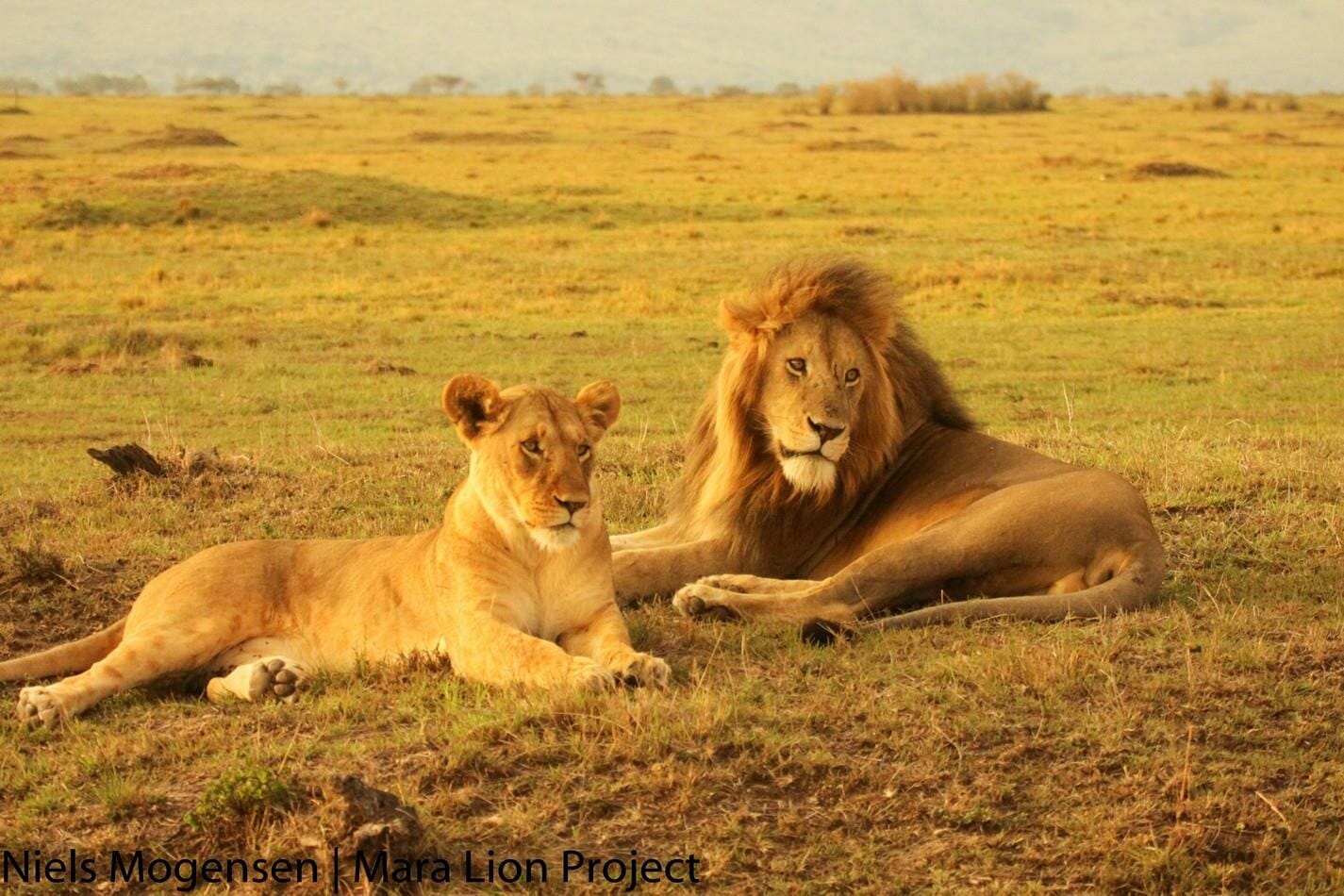
The global cheetah population is rapidly dwindling and with less than 10,000 individuals left in the wild, cheetahs are vulnerable to extinction. At present, the Serengeti-Mara ecosystem is one of the two remaining strongholds for the global cheetah population yet surprisingly, little is known about the cheetahs in the greater Mara ecosystem. Similarly, the African lion population has almost halved in the last three decades and continues to decline. In 1980, there were an estimated 75,000 lions, while today it is likely that there is a maximum of 35,000 free ranging lions. East Africa is especially important because it currently holds 57% of Africa’s remaining lions. Kenya’s most iconic and ecologically important lion population is in the Mara ecosystem.
“We strongly believe that large carnivores are imperative for healthy ecosystem functioning and an umbrella species of protecting other numerous endangered species along with many of the natural ecosystems processes that support native biodiversity and ecosystem integrity.” MPCP Programme Director Dr. Caroline Ng’weno
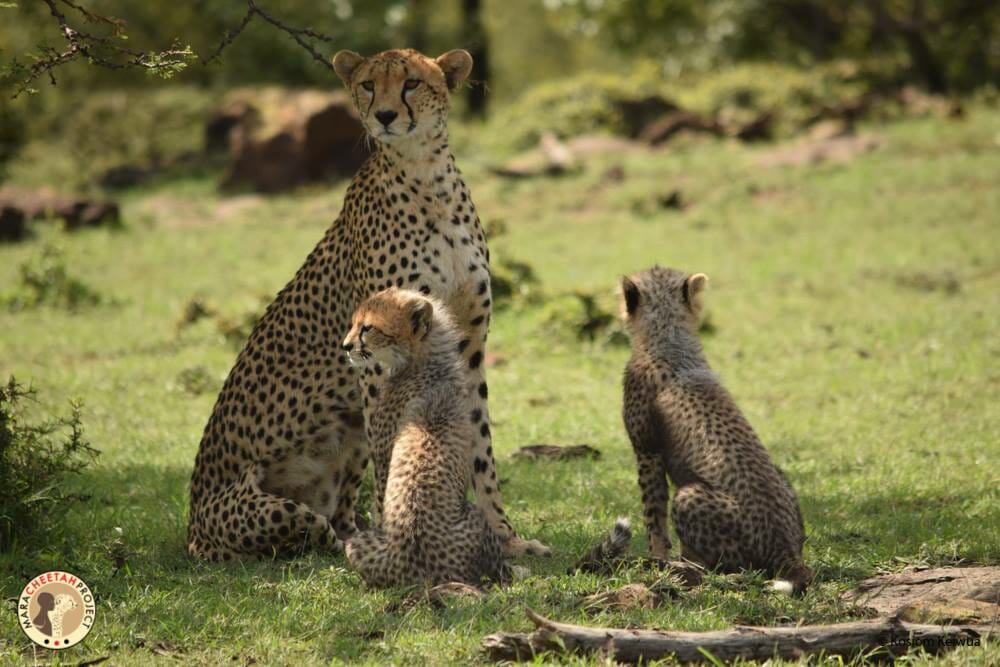
The three main reasons for the decline in these populations is similar to elephants: human-wildlife conflict; increased fragmentation of lion rangeland; and a declining prey base. Habitat fragmentation hinders predator dispersal and increases interactions with humans while a declining prey base is a result of habitat fragmentation and/or poaching that affects the number available. Finally, human-wildlife conflict in the areas where predators are in close proximity to humans and livestock, which leads to retaliatory killings. Much like elephants, as the human population in the Mara grows at a rapid rate of 10.2% a year, these predator’s historical rangelands are diminishing thus putting them in conflict with humans. The semi pastoralist lifestyle of most Maasai people brings predators into close contact with livestock, this ensuring a high rate of livestock depredation and subsequent retaliatory and preventative killings.
 MPCP uses a research-driven conservation approach through a combination of long-term population monitoring, ecological research, and community-based conservation. The key method used for data collection is individual predator monitoring. Data on prey preference, social organization, litter size, cub survivorship, behavior and daily activity patterns are ascertained through predator sightings and behavioral observations. Through this the current number of predators can be determined in the greater Mara ecosystem and the health and status of the population. This monitoring is based on individual identification rather than presence/absence. By monitoring individuals, MPCP can: estimate densities; establish population trends over time; determine what variables (I.E. livestock, prey) influence predator density; determine survivorship; and rapidly detect and respond to changes such as disease outbreaks. All of these variables reflect the health of the predator population and is essential for their conservation.
MPCP uses a research-driven conservation approach through a combination of long-term population monitoring, ecological research, and community-based conservation. The key method used for data collection is individual predator monitoring. Data on prey preference, social organization, litter size, cub survivorship, behavior and daily activity patterns are ascertained through predator sightings and behavioral observations. Through this the current number of predators can be determined in the greater Mara ecosystem and the health and status of the population. This monitoring is based on individual identification rather than presence/absence. By monitoring individuals, MPCP can: estimate densities; establish population trends over time; determine what variables (I.E. livestock, prey) influence predator density; determine survivorship; and rapidly detect and respond to changes such as disease outbreaks. All of these variables reflect the health of the predator population and is essential for their conservation.
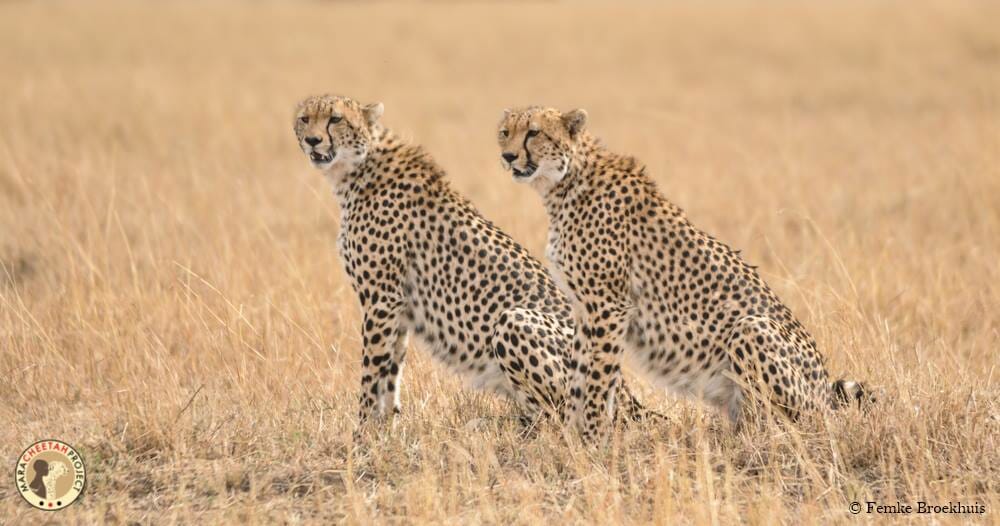
“It is not enough that we know the densities and health of lion, cheetah and other predator populations in the Mara. We also need to understand what is happening to the habitat upon which they depend. The same key challenges that face elephants also face predators – the gradual loss of the habitat upon which they depend and increasing levels of conflict with humans. Partnerships like the one we have with MEP, where different conservation organizations collaborate to develop the evidence base, are essential if we are to be successful in our efforts to protect the biodiversity of the greater Mara ecosystem for future generations.” Chief Project Officer Niels Mogensen
The data is used to understand predator density and distribution in response to various environmental and anthropogenic variables, providing a powerful tool for wildlife management and animal conservation. In order to minimize the decline of the predator population it is crucial to determine the underlying factors determining livestock depredation from both a predator and human perspective. The data collected is essential for the effective management and conservation of predators and this long-term programme will have important implications for both predator and Mara conservation in Kenya and the rest of Africa. Another key aim to this organization is to educate pastoralists in effective livestock protection. By supplying land managers with the data collected, they are able to apply the most effective conservation techniques. Their community program, much like MEP, includes going to schools to create awareness and hold mitigation workshops within conflict hotspot areas on how to help strengthen the community’s sustainably.
“The motivation for conservation ultimately comes from the human heart, and fostering this motivation requires giving people the chance to connect with nature, every day and in every way. In other words, we must not forget our own humanity in our zeal to save nonhuman life and thus conservation of large carnivores can be achieved via coexistence. We believe, we are slowly achieving this in the Mara, as initially, people within our system viewed large carnivores as a threat, but the image is changing and our communities are now seeing carnivores in a positive and protective way given our continued close partnerships.” MPCP Programme Director Dr. Caroline Ng’weno
“It is especially within these community programs we have a lot of parallels with MEP’s work.” Chief Project Officer Niels Mogensen
Kenya Wildlife Trust, the organization behind MPCP, is Kenya’s principal predator conservation trust. They are focused on creating sustainable predator populations across Kenya, to ensure that lions, leopards, cheetahs, hyenas, and wild dogs not only survive, but thrive. Their flagship initiative, the Mara Predator Conservation Programme, is based out of the Tony Lapham Predator Hub in the heart of the Maasai Mara and has been at the forefront of predator conservation in the area since 2013. Mara Elephant Project and Kenya Wildlife Trust are happy to share a trustee, Beatrice Karanja, who recognizes that her efforts serving as trustee will ultimately result in the conservation of the Mara ecosystem.
“Kenya’s predators, elephants and greater Mara landscape are very much part of Kenya’s DNA and therefore integral to the continued growth and success of the country’s economic and social development. Working in strong partnerships to ensure that we are conserving and protecting our natural heritage, environments and making practical decisions based on sound scientific evidence is the way forward.” MEP and Kenya Wildlife Trust Trustee Beatrice Karanja
Over the past century we have been losing big cats, the planet’s most majestic predators, at an alarming rate. World Wildlife Day 2018 gives us the opportunity to raise awareness about their plight and to galvanize support for the many global and national actions that are underway to save these iconic species. Through World Wildlife Day big cats will generate the level of attention they all deserve to be sure they are with us for generations to come.

“It is becoming more and more evident that the fate of large carnivores depends on how well we manage the whole chain of ecosystems. The Mara ecosystem is no exception, its large carnivores are wide ranging and in their search for habitat, boundaries are insufficient if we want these magnificent carnivores to have populations that are viable for the long term. Thus, it is fitting that we do our best to figure out how to ensure contiguous intact ecosystems and diverse functional wildlife assemblages in greater Mara ecosystem.” MPCP Programme Director Dr. Caroline Ng’weno
MEP encourages the support of the Mara Predator Conservation Programme’s efforts on World Wildlife Day.
Please visit Kenya Wildlife Trust’s website today to support this vital work.


